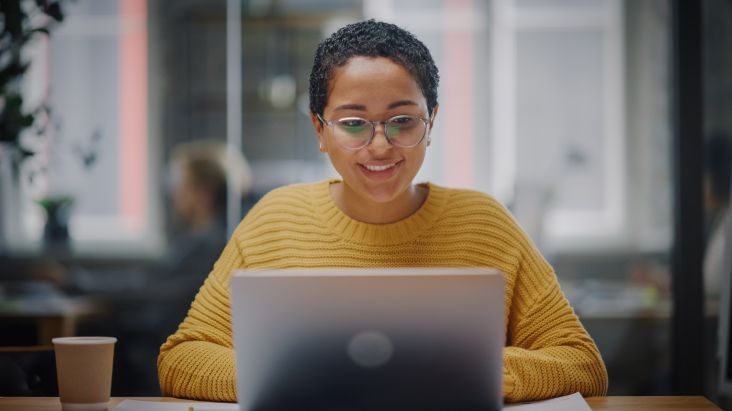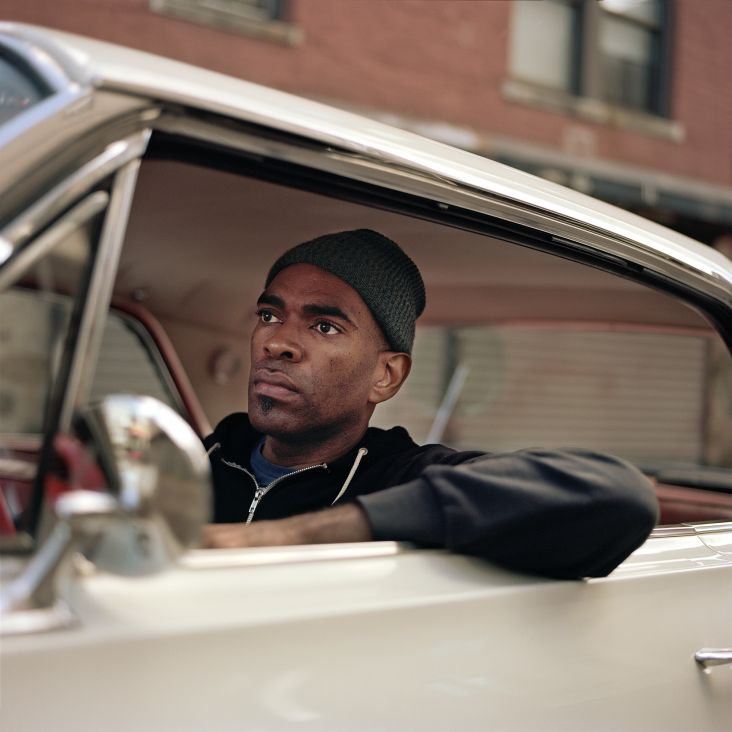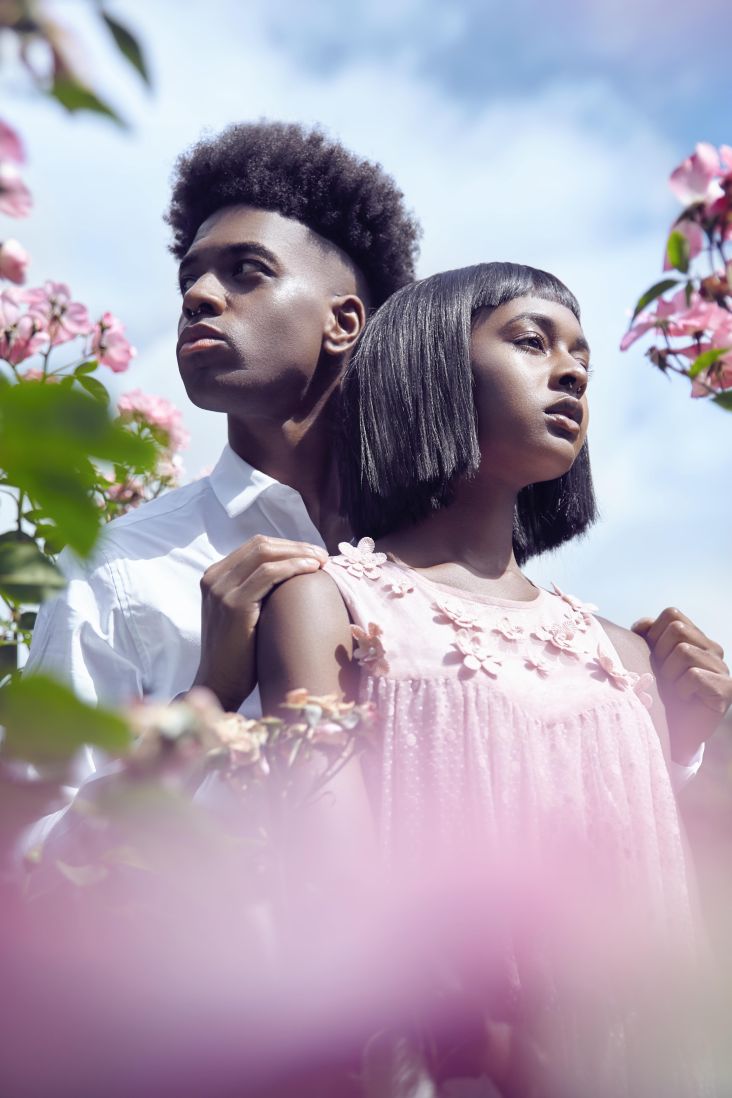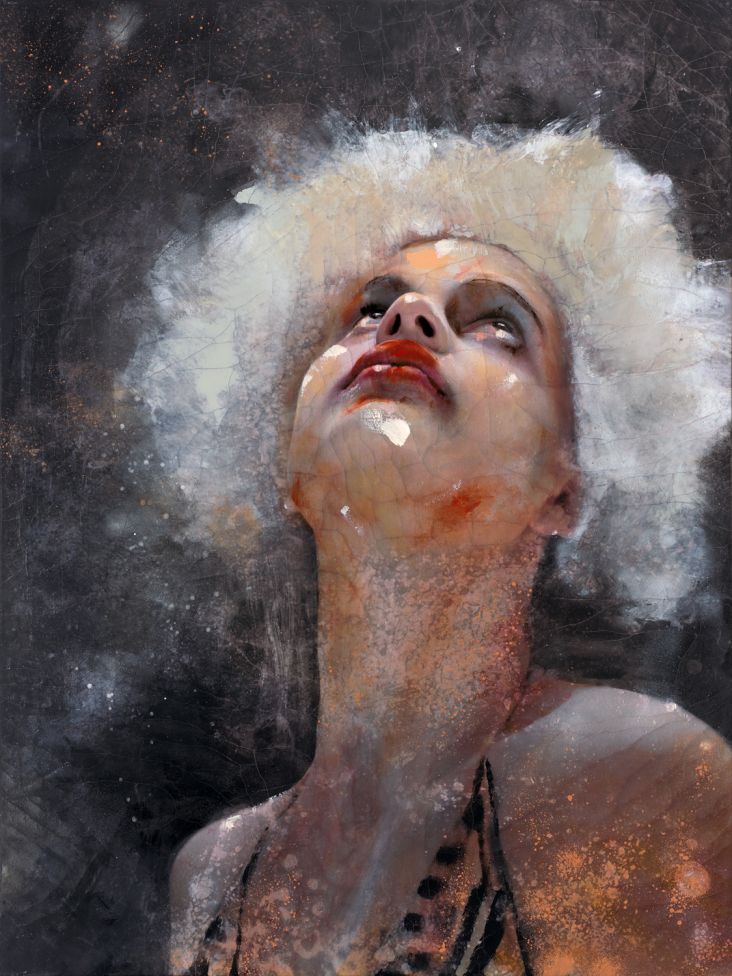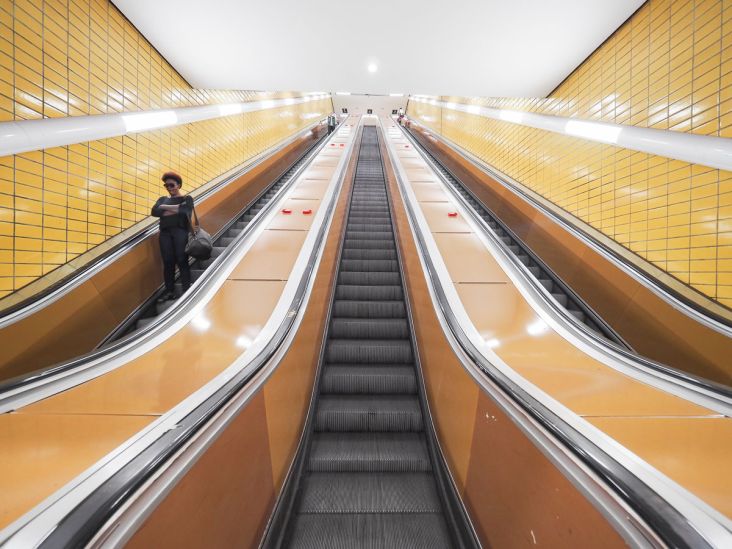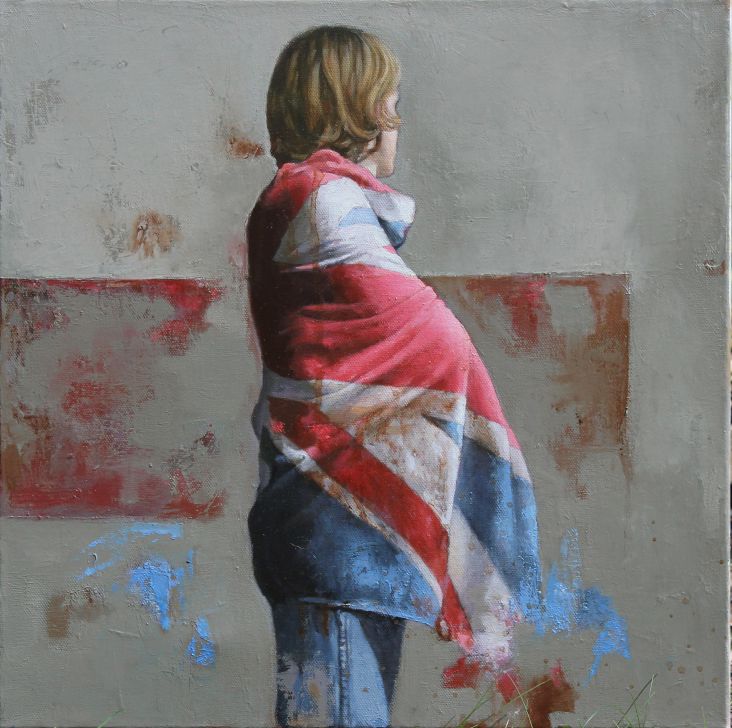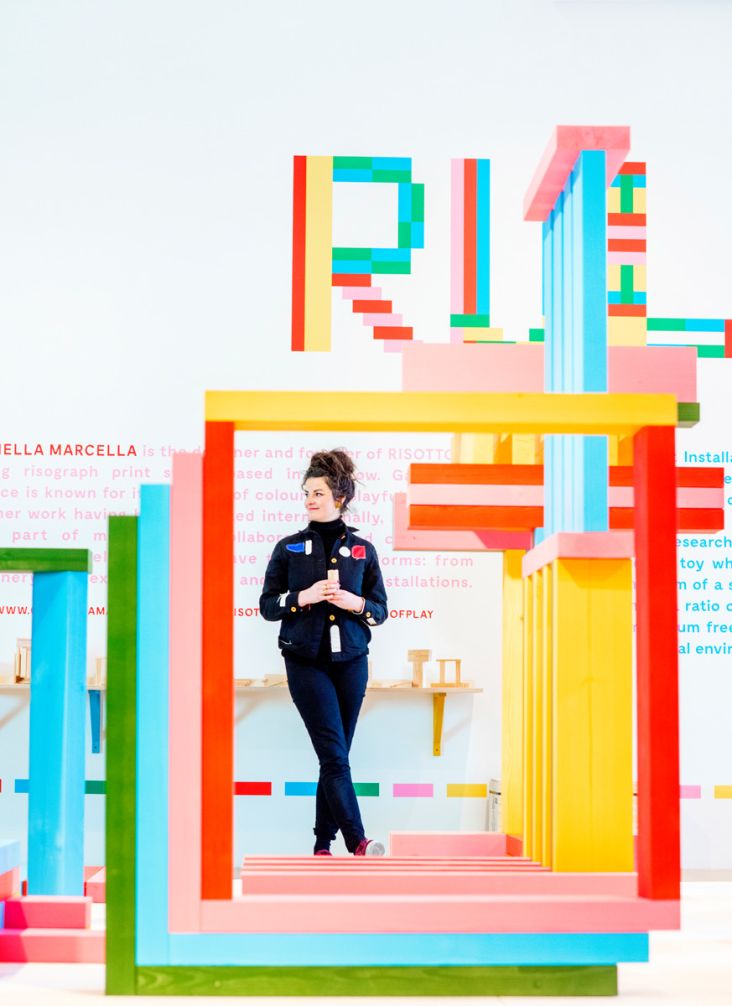Kristine Arth of Lobster Phone on why it's the best time to be a designer and her love of giving back
Kristine Arth is the person behind the wonderfully named Lobster Phone, a design studio based in San Francisco that she set up after many years in advertising and marketing.
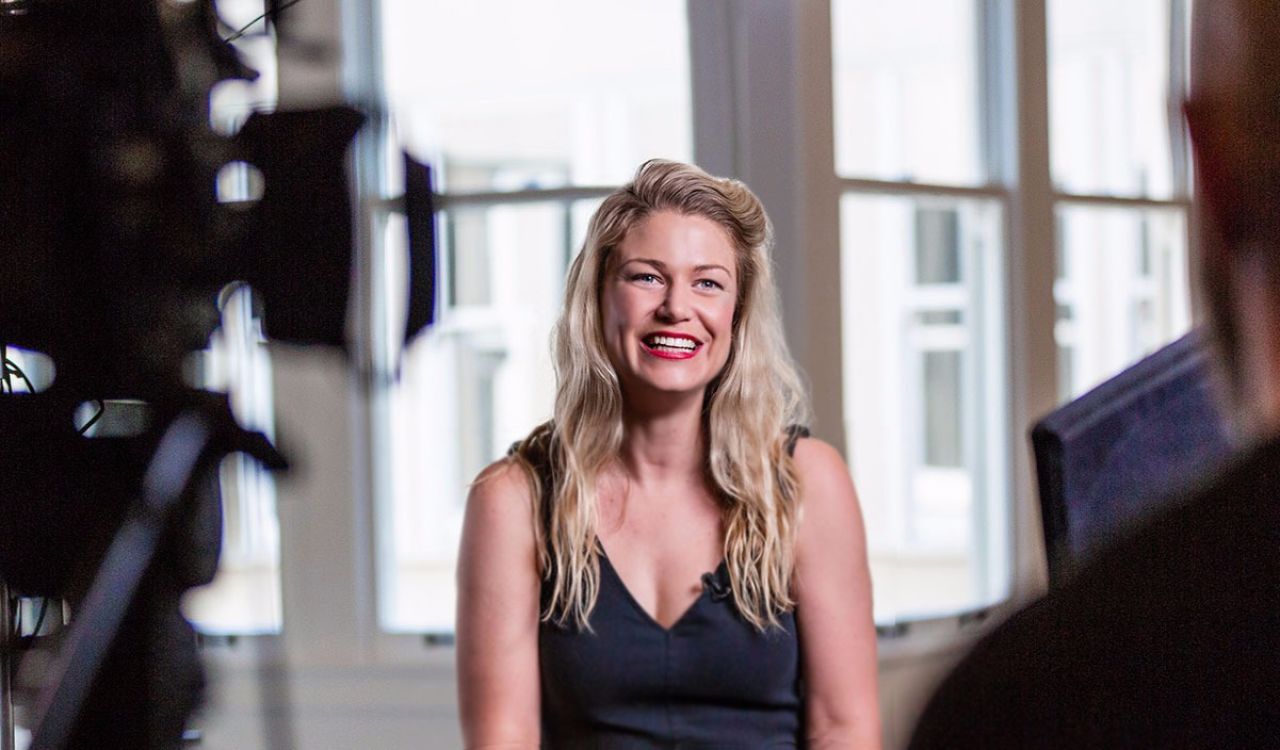
Kristine Arth. Photograph by Martin Hoang
Kristine spent her early career as an art director before joining Fuseproject, Yves Behar's eponymous design studio, as their first Director of Brand, leading design for the identities of global brands such as PayPal and Nivea.
After recently recovering from cancer, Kristine left Fuseproject to pursue her dream of beginning her own studio, which launched last spring.
Aside from running her own studio, Kristine has done a significant amount of work for her San Francisco community, including a number of restaurants and non-profits. Most recently, she led the re-brand for the global dating app Coffee Meets Bagel, and will tomorrow launch the new identity for Dr Kellyann, the celebrity wellness personality, and the packaging for her line of products.
In addition to running Lobster Phone, Arth is a regular host on Adobe Live, and has been a featured speaker at major conferences such as Brand New, AIGA, and OFFF. We spoke to Kristine about this and more.
Let’s rewind a little. Tell us more about how you got started
I sent my handmade and bound portfolio to 10 companies in Chicago (where I was going to school), but never heard back from any of them. And so I took a job as an in-house designer for a big insurance company before graduating. I thought I was a pretty big deal to get a job before graduating!
I was there for two months before wanting to jump off the 42nd floor – I would get reprimanded for my non-suit-wearing attire, and I had to work on a PC, which was torture. None of this was what I expected coming out of school, and I was disheartened. Then out of the blue, I got a call from Wunderman: my portfolio had finally made its way to someone's desk there who loved it.
I interviewed that Friday and started the following Monday. It was because of this that I fell into advertising and marketing; I knew this field wasn't for me, but it did give me a much more holistic understanding of how brands function in the world. Once I moved into branding, I was able to design in a way that provides the flexibility and personality that companies really need in order for their brand to live out in the world.
So did you always want to be a graphic designer?
I never knew graphic design existed! I was aware of design and fine art because my grandmother was a printmaker, my aunt was a ceramist, and my dad drafted landscaping. In this way, form and function were thematically a part of my childhood learning, but that's all I really knew.
I initially went to school for ceramics. I knew I loved making things, and that I needed a creative career path, and it felt like a beautiful way to express myself. One day I happened to find myself in the computer lab at my school, and after playing around for a bit, I fell in love with graphic design. It allowed me to be creative, but in a way that was so much faster than ceramics; I could build and iterate without having to wait for it to bake! I changed my Major that week. It was meant to be.
What’s the story behind launching your own studio?
I spent the first half of my career in advertising and the second half in design. I was fortunate to work on major global brands, including designing the logos for PayPal and Nivea. At some point, though, I felt like I plateaued. It's difficult to be creative when you are designing for both your own internal team as well as a client, and after so many years, I felt like I needed a new way to express my creativity.
It was extremely difficult and scary to take the leap, but in the end, having full control over my designs felt more important than having "stability". Luckily, the risk was worth it – Lobster Phone has completely changed my life for the better.
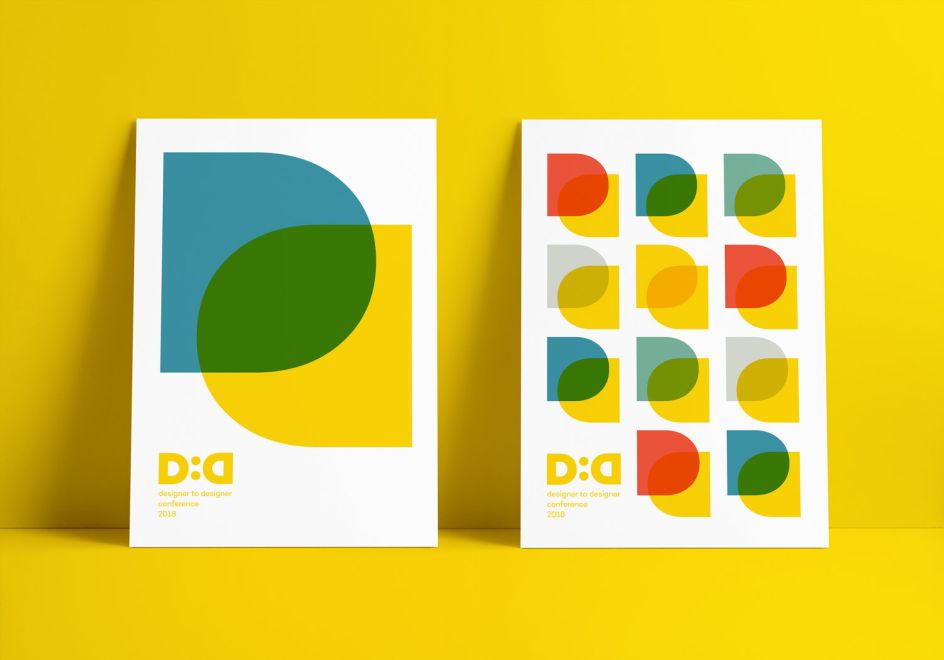
Adobe D2D
I’m sorry to hear of your illness. Has the experience changed you?
At first I would have been extremely adamant that nothing had changed and everything was status quo. I was really reluctant to admit that cancer had an impact on my outlook. I have an extremely intense work ethic, and I was so wrapped up in being responsible and having a high performance output that I never allowed myself to process the entire cancer experience.
I buried myself in work, which was perhaps good for me at the time. But after a while, my need for creative expression and my own repressed emotional energy came to a head. I was always talking about empathy in my work and in my speeches, but I hadn’t quite had the personal experience to truly understand what that meant. In the end, I realised that being authentic to myself, taking risks and standing boldly as a designer, would not only make me feel more fulfilled, but would also help me become my best self.
It’s a great name for a business. Why the name Lobster Phone?
I was inspired by Salvador Dali’s surrealist piece, Lobster Phone. He politely scoffed that when he ordered a lobster, they never brought him a telephone. It's the difference between what you want and what you need. I often get asked for a logo, when what the client really wants is a brand. They want to play it safe, when really they need to take a risk to stand out in the market. Lobster Phone is about reading between the lines – understanding the client so well that you can show them their own blindspots.
What makes your studio different?
Lobster Phone stands by its name – we give clients what they need (even when it's not what they say they want). I spent my career watering down my designs because the client wanted something more generic, something they'd seen before because it makes them feel more comfortable.
But being comfortable doesn't stand out, being comfortable is rarely the same as being memorable. Lobster Phone truly listens to clients, understands them, and builds iconic brands with big personalities that respond directly to what our clients need in order to be successful. Our work speaks for itself. Our designs will never be quite what you expect, they will always stand out, and hopefully, they'll make you feel something (even if it's not comfortable).
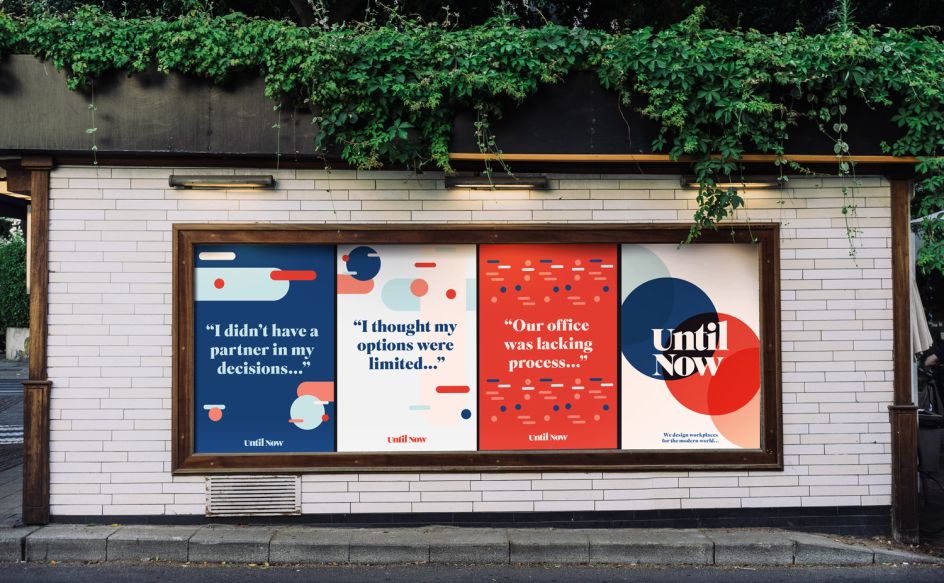
Until Now
You’re based in San Francisco. What’s the creative scene like there?
San Francisco is the Weird Wild West. It's not as posh as New York City, as artistic as LA, or as natural as Portland – SF is special because the people here always want to be the first to experience a new product or brand, so it's a playground for innovation.
In the eight plus years I have been here, I have seen so much change, starting in my own neighbourhood. From drug dealing on the corner to top-of-the-line dispensaries in just a few years, this city evolves at warp-speed. I love being based here because I am surrounded by change; it keeps you on your toes, aware of your surroundings, and it reminds you that you are part of something bigger than yourself.
You also give back to your local community, too. Tell us more.
I am very fortunate to have worked on some major global brands, so whenever I have the chance I give back by designing for non-profits. I try to choose based on work that is making a real impact, or resonates with me, personally.
Music is an important part of my life, so when the San Francisco Civic Music Association, a local non-profit symphony, approached me, I was delighted to support. The idea that a community-based music organisation could have the branding of a world-class symphony is so rewarding for me, and it has completely affected the way they see themselves.
I've also done a number of local restaurants and worked with local craftspeople and artisans; it seems like small work until you walk around your community and start seeing your designs everywhere you go. I am filled with gratitude knowing that I am part of a bigger movement, trying to make our city more beautiful through design.
We love the rebrand you did for Coffee Meets Bagel. Can you talk us through the project?
Dawoon Kang, the CEO, had tweeted that they wanted me to rebrand them. I never use Twitter, so when I received the alert, I didn’t know how to tweet back! We finally managed to get in touch and completely hit it – as someone who has used online dating before, I love the fact that they want to create a really safe, personal experience for their users. That said, their branding was very cute but lacked the maturity to scale, and the flexibility to work across channels.
I worked closely with Dawoon and CMB's internal design team to create a solution that was more accessible, mature, and fit better on the screen. The new logo icon uses ‘CMB’ in a way that visually signifies connection, but in a way that stays true to their values. The custom wordmark is a tighter, more elegant display. Its close kerning and nearly pure geometric forms draw from the icon, using the ligatures of ‘ff’ and ‘ts’ to create small moments of connection.
The new logo adds flexibility and legibility, without losing the cuteness and coziness of its predecessor. Additionally, a custom illustrated pattern recycles the brand imagery to poke fun at the chaos of dating – streams of coffee and bagels finding each other across the screen.
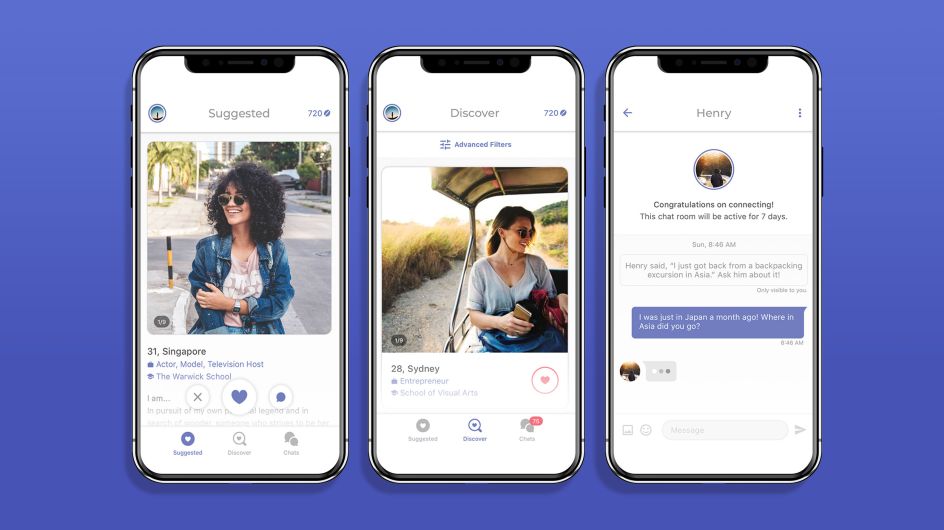
Coffee Meets Bagel
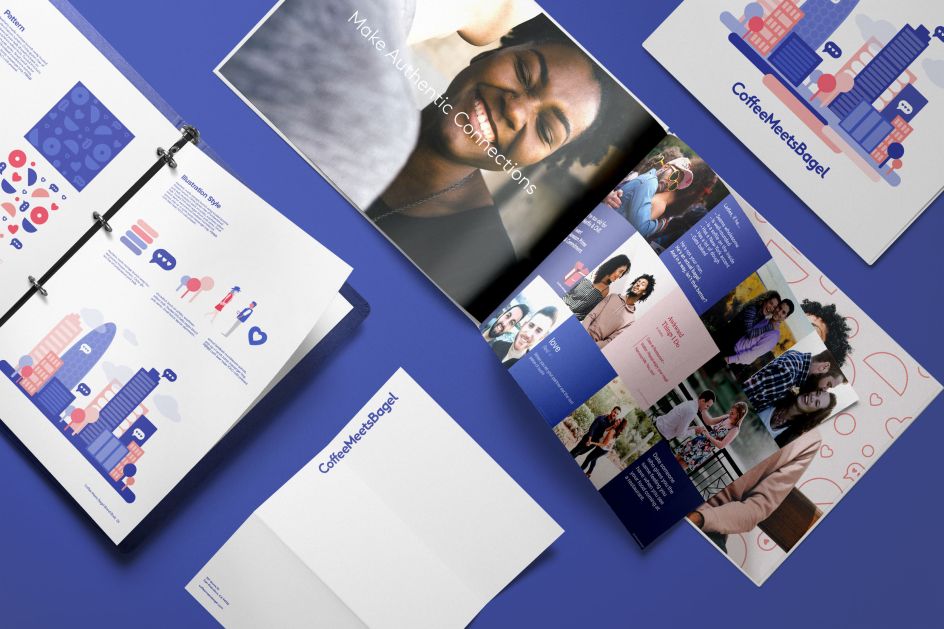
Coffee Meets Bagel
You’re a regular host on Adobe Live. How did that come about?
A little over two years ago, Michael Chaize, the creator of the Adobe Live channel, had reached out through Behance after reviewing my profile. After posting a career's worth of designs, including some really recognisable brands, I gained a rather large following on their platform. Seeing this, he reached out and asked me to be a guest on their show.
I love Adobe, and the show gives me a chance to present how I use their software, while also giving insights into my own design process. Michael was the host when I first appeared, and we had such an incredible time and really made each other laugh – apparently the audience liked it too, because we had a great viewership with a very responsive audience.
There is nothing I love more than babbling on about design with other designers! They asked me back, and now I’m a regular guest and host. In fact, we just recorded the first creative campaign for the – I was able to pick a subject, create the brief and design the branding, after which the entire Adobe community would design from and livestream for a week. Staying true to my passions, I designed a music festival of David Bowie cover bands...I called it "Are You Out There". It's rare we are given a platform to just be creative and have fun, and I am still so excited and so grateful for this partnership.
What has worked well for you in terms of getting your name out there?
When you're working for someone else, it can be really difficult to build your own platform. I spent my whole career building an incredible portfolio, but rarely was I given a platform to really use my voice and my name.
Through opportunities like Adobe, and the relationships I have built, and because I am literally always working and shipping designs, I am so grateful to finally be out there and have the ability to speak to my designs. When you have different people, from different backgrounds and with unique life experiences, you're able to connect with and inspire much broader audiences. I hope I am able to continue standing boldly and shining brightly wherever I go so that other women and other designers feel empowered to do the same.
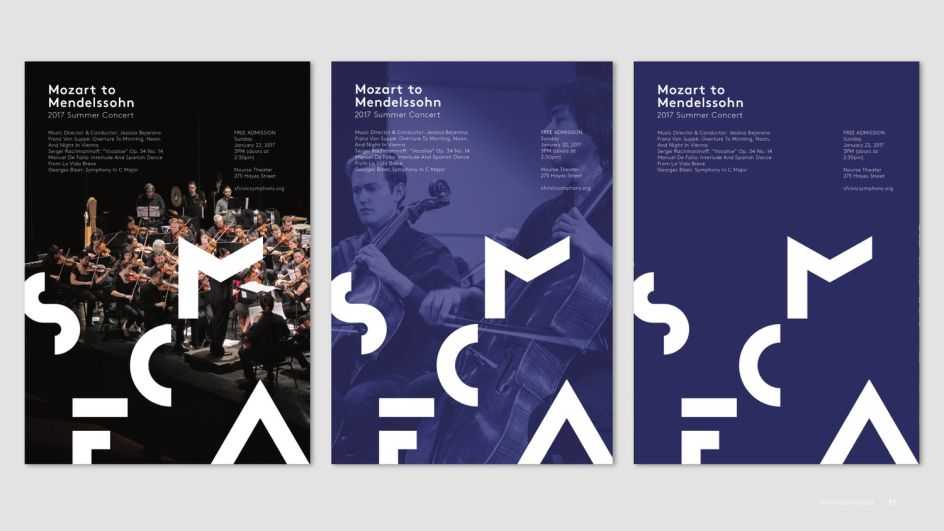
San Francisco Civic Music Association
Is there anything about the creative industries that frustrates you…that you’d like to see change?
There is no better time in the world to be a designer. Designers are leaders in companies; they have more autonomy than ever before and they are being recognised for their ideas, not just their abilities.
The change I want to see is already happening! I mainly want to impress on designers that we need to stick together and stand strongly for positive change. Every detail counts. Fight to use environmentally-safe packaging, work to make brands more inclusive, look for any opportunities to make positive change through our work. Some people think design can't change the world, but we can damn well try.
What advice would you give to those thinking about starting their own design studio?
I have three key pieces of advice for those thinking of starting their own design studio. Firstly, be dedicated. Being your own boss means you will work harder, longer, and have to wear hats that don’t fit your head.
Secondly, say yes! You know what happens when you say no. Nothing. I’ve dedicated this first year of Lobster Phone to the word "Yes" and I can’t even begin to tell you the adventures I’ve had and the wonderful people I’ve gotten to collaborate with.
Last but not least, live your best design life. You only get one go-around (from what I know), so you should make every design like it could be your last.

 for Creative Boom](https://www.creativeboom.com/upload/articles/06/063686a9a3b095b9b1f0e95df917ed4bd342be1b_732.jpg)



 using <a href="https://www.ohnotype.co/fonts/obviously" target="_blank">Obviously</a> by Oh No Type Co., Art Director, Brand & Creative—Spotify](https://www.creativeboom.com/upload/articles/6e/6ed31eddc26fa563f213fc76d6993dab9231ffe4_732.jpg)
 by Tüpokompanii](https://www.creativeboom.com/upload/articles/58/58684538770fb5b428dc1882f7a732f153500153_732.jpg)








